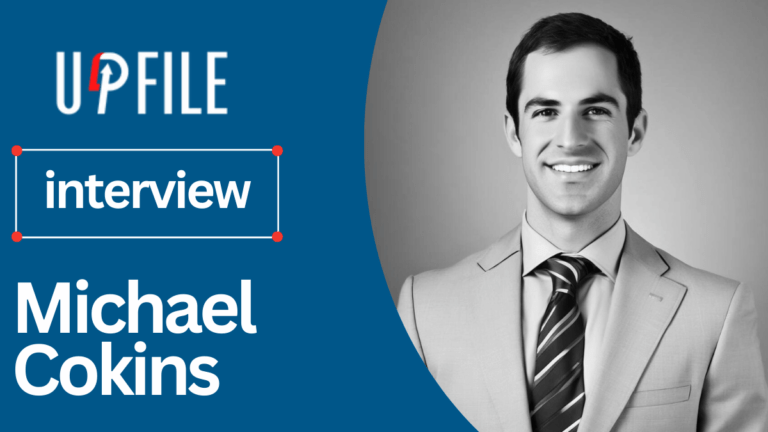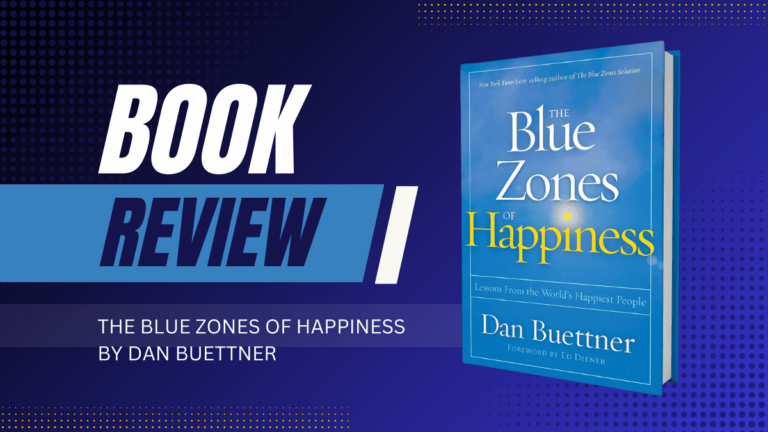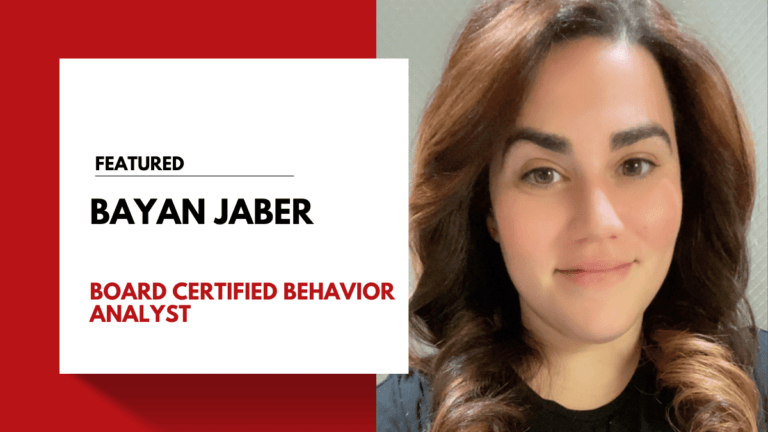Michael Cokins of Houston, Texas, knows firsthand the challenges disaster claims investigators face. With over two decades in the insurance industry, Michael has seen the best and worst of human behavior. His career has taken him through hurricanes, floods, and fires, giving him unique insights into the ethical dilemmas that often arise.
The Role of a Claims Investigator
A claims investigator’s job is to assess damage, confirm policy coverage, and ensure fair settlements. It sounds simple, but disaster scenarios add complexity. High emotions, destroyed homes, and financial desperation create a volatile mix.
“It’s not just about the paperwork,” Michael explains. “You’re dealing with people at their most vulnerable. Every decision carries weight.”
Ethical Dilemmas in Disaster Claims
In the aftermath of a disaster, claims investigators face unique ethical challenges. Their role is to assess damages and ensure policyholders receive fair settlements. However, this process often becomes complicated by competing interests, emotional tensions, and systemic pressures. Michael Cokins of Houston, Texas, a seasoned claims investigator, shares insights from his years on the frontlines of disaster recovery, revealing the delicate balance investigators must maintain to uphold both fairness and integrity.
One of the most pervasive ethical dilemmas is the pressure to reduce payouts. Insurance companies, grappling with significant losses after disasters, often impose internal expectations to minimize claims expenses. These pressures can lead to situations where investigators feel compelled to undervalue or deny legitimate claims. Michael recalls a memorable case after Hurricane Harvey, where a family’s roof was completely destroyed by the storm. Their claim, however, was denied, with the damage attributed to “wear and tear” rather than storm-related destruction. “I couldn’t look them in the eye and say that was fair,” Michael explains. The case highlights the ethical tightrope investigators walk, caught between corporate mandates and the moral obligation to advocate for policyholders.
Another challenge arises in balancing fraud detection with compassion. While fraud is a genuine concern in disaster claims, with some individuals exaggerating damages for larger settlements, investigators must be careful not to let skepticism overshadow their humanity. Michael shares an example: “Sometimes you know someone is struggling, and they inflate a claim to make ends meet. It’s a gray area. You need empathy without compromising integrity.” Misjudging a claimant’s honesty can exacerbate their hardship, especially for those already vulnerable after a disaster.
Conflicts of interest further complicate the investigator’s role. In many cases, investigators collaborate with contractors or third-party assessors who may have their own agendas. These partnerships can lead to biases or undue influence, steering decisions that may not align with the best interests of all parties. Michael emphasizes the critical importance of neutrality. “Your job is to find the truth, not take sides,” he says. “That’s easier said than done when money and livelihoods are involved.” Ensuring impartiality requires investigators to stay vigilant and prioritize transparency throughout the claims process.
The ethical challenges faced by disaster claims investigators are not just theoretical—they have real-world consequences for policyholders and insurers alike. For instance, during the aftermath of Hurricane Harvey, an analysis revealed that nearly 20% of claims were either partially denied or undervalued due to ambiguous policy interpretations. These outcomes erode trust between insurers and their customers, making it even more critical for investigators to adhere to ethical standards.
Michael offers practical advice for navigating these dilemmas. First, he advocates for clear communication with policyholders. “People just want to understand the process,” he explains. “If you take the time to explain why decisions are made, it builds trust—even if the outcome isn’t what they hoped for.” By fostering transparency, investigators can mitigate misunderstandings and reduce the emotional toll of a denied claim.
He also underscores the value of continuous education. Staying updated on industry regulations, disaster response protocols, and ethical guidelines equips investigators to make informed decisions. “The more you know, the better you can navigate gray areas,” Michael says. He recalls attending workshops on disaster ethics that provided him with tools to approach contentious cases with fairness and compassion.
Michael believes that technology can play a pivotal role in addressing some ethical challenges. Advances in claims automation and AI-driven damage assessments, for instance, can reduce human bias and improve accuracy. However, he cautions against over-reliance on these tools. “Technology is a supplement, not a substitute for human judgment,” he says. “You still need a person to interpret the data and consider the context.”
Despite the challenges, Michael finds deep fulfillment in his work. “Every case is a chance to make a difference,” he reflects. “It’s not just about settling claims—it’s about helping people rebuild their lives.” His perspective reminds us that disaster claims investigation is as much about ethics and empathy as it is about policy and procedure. By staying true to these principles, investigators can uphold the integrity of their profession while supporting those in need.
Case Studies in Ethical Challenges
The Family Left in Limbo
In 2017, Michael worked on a claim for a single mother whose home was partially flooded. The insurance policy covered water damage but excluded flooding. Determining whether the damage came from a leaking pipe or rising floodwaters was contentious.
“Everyone had an opinion,” Michael recalls. “The company wanted to deny the claim. The mother was adamant it wasn’t flooding.”
Michael spent extra time reviewing evidence, including weather reports and plumber assessments. He concluded that the damage was due to a burst pipe. The claim was approved.
“It wasn’t about taking sides,” Michael says. “It was about being fair. That’s what ethics are—doing the right thing, even when it’s hard.”
The Overstated Inventory
After a fire in 2019, a small business owner claimed losses of over $500,000. Michael’s investigation revealed inconsistencies. The business owner had added items not present in the store’s inventory.
“It was clear he was inflating the claim,” Michael says. “But I also understood why. His business was his life, and he was desperate to recover.”
Rather than outright deny the claim, Michael negotiated with the business owner. The payout reflected actual losses but avoided legal battles.
“Compassion doesn’t mean letting fraud slide,” Michael explains. “It means finding solutions that help people without compromising ethics.”
Navigating Ethical Challenges
According to Michael Cokins of Houston, Texas, navigating ethical challenges in disaster claims investigations requires a thoughtful, proactive approach. His insights emphasize practical steps that investigators can adopt to maintain integrity while navigating complex cases.
Understanding the rules is the cornerstone of ethical decision-making. Michael highlights the necessity of knowing the insurance policy details, relevant laws, and company guidelines. “You can’t make ethical decisions without a solid foundation,” he explains. A thorough understanding of these frameworks allows investigators to address claims fairly and consistently.
Clear communication is another essential component. Misunderstandings often escalate conflicts between insurers and claimants, and Michael believes honesty and transparency can alleviate tension. “Explain decisions in simple terms,” he advises. “People may not always agree, but they’ll respect your transparency.” Effective communication helps manage expectations and build trust, even in contentious situations.
Documenting every detail is crucial for protecting both investigators and claimants. Michael ensures that all steps in his investigations are meticulously recorded. “Details matter,” he states. “They’re your best defense against accusations of bias or misconduct.” Comprehensive records serve as an objective account of the process, providing clarity if disputes arise.
Neutrality is a guiding principle for Michael, particularly when emotions run high. He warns against letting sympathy or frustration influence professional judgment. “It’s easy to get caught up in the emotions of a case, but your role is to remain impartial,” he explains. Maintaining objectivity ensures that every claimant is treated equitably, regardless of the circumstances.
When facing particularly challenging dilemmas, Michael turns to colleagues or legal advisors for guidance. He values collaboration as a way to gain new perspectives and navigate ambiguous situations. “Ethical dilemmas are rarely black and white,” he says. “Collaboration helps you see the bigger picture.”
Statistics underscore the ethical challenges in disaster claims investigations. According to the Coalition Against Insurance Fraud, approximately 10% of disaster claims involve fraud. Meanwhile, a 2022 survey revealed that 27% of claimants felt their claims were unfairly denied or undervalued. Investigators also face significant mental strain; a 2020 study found that 40% report high stress levels, often due to ethical conflicts. “These numbers show the challenges we face,” Michael notes. “But they also highlight the need for ethical decision-making.”
By combining knowledge, transparency, meticulous documentation, and collaboration, Michael exemplifies how to navigate the intricate ethical landscape of disaster claims. His approach not only upholds fairness but also fosters trust between insurers and policyholders, even in the aftermath of life-altering events.
Michael’s Vision for the Industry
Michael advocates for more training on ethics in disaster claims. He believes technology can help reduce bias and improve fairness.
“AI can analyze damage more objectively,” he explains. “But it can’t replace human judgment. Ethics will always be about people, not algorithms.”
He also calls for greater accountability. “Companies need to support investigators who make ethical choices, even when it costs more.”
Final Thoughts
Disaster claims investigation is a high-stakes, high-pressure field. Ethical dilemmas are inevitable, but they’re not insurmountable.
Michael Cokins serves as a reminder that integrity matters. His approach combines empathy, fairness, and professionalism.
“Ethics isn’t about being perfect,” he says. “It’s about doing your best to help people while staying true to your values.”
As disasters become more frequent, the need for ethical claims investigators will only grow. Michael’s insights offer a blueprint for navigating this challenging but essential role.













